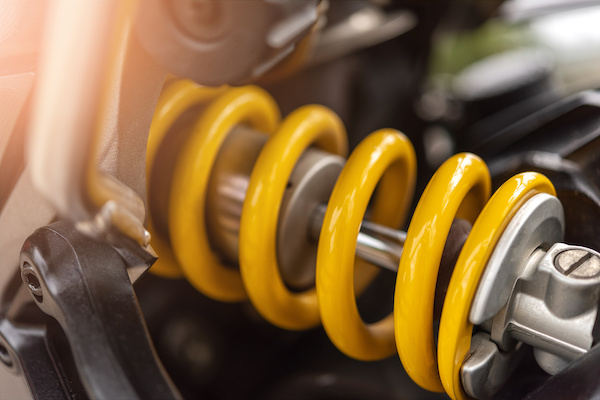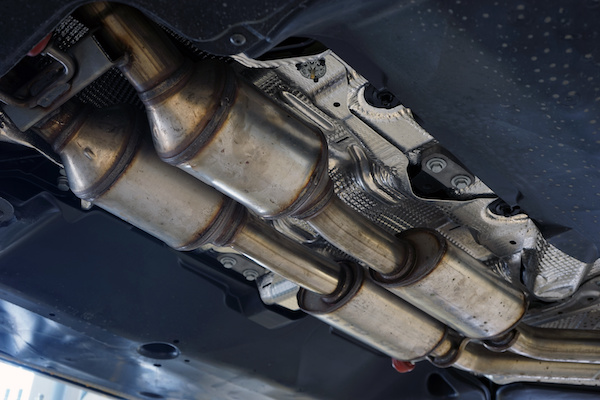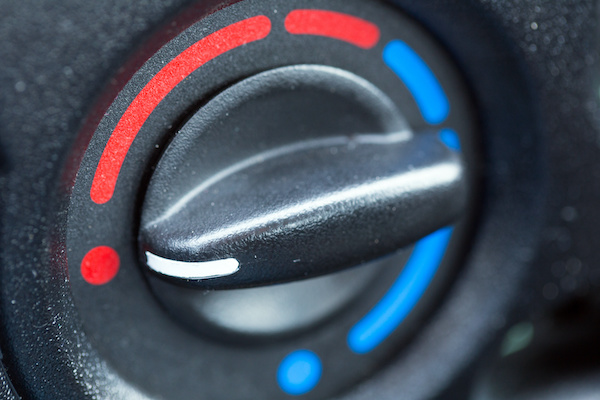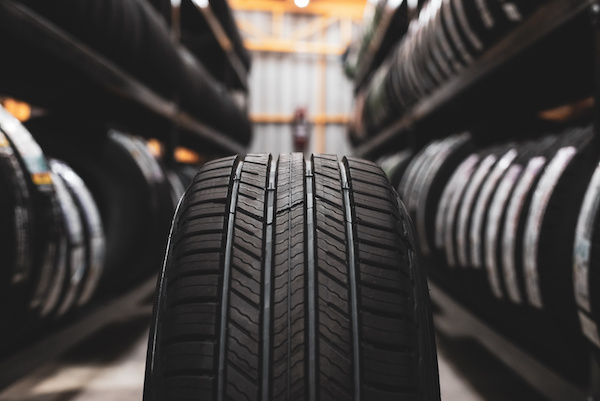Posted on 12/23/2021

While shocks and struts are not expensive to replace, most drivers often ignore them, and the safety implications of this decision are often life-threatening. For instance, driving a car with worn shock and struts required an extended braking distance. The risk becomes evident on slippery and wet roads. The Purpose of Shocks and Struts in Vehicle The vehicle's shocks and struts are among the most essential parts that guarantee a smooth ride. Mostly, when you buy a new car, you may never feel bumps on the road until your vehicle gets old, thanks to the functioning shocks and struts. Their main function in a car is to stabilize your vehicle on uneven road surfaces. They also enhance your car movements when you either turn, accelerate, or brake your vehicle. Some cars use Shocks only while others have shocks and struts. The difference is that a shock is an independent component, while the strut is a single structural unit that combines the shock with other features to enhance the s ... read more
Posted on 11/30/2021

When it comes to today's automobiles, the catalytic converter is one of the most important parts of the exhaust system. The cat is responsible for converting harmful engine byproducts and fumes into safer gases. If it is not working properly, you can probably imagine how bad things can get. Your exhaust system will divert the fumes from your engine through a series of pipes that eventually make their way through the catalytic converter. After the toxic gases change to safer, breathable ones, it then gets spewed out of the exhaust pipe in the back of every vehicle. If there are any leaks in the vehicle's pipes or other exhaust parts (exhaust manifold, catalytic converter, or muffler), you can face harmful consequences. It will impact your vehicle's emissions and overall performance. In severe cases, carbon monoxide could get into the passenger cabin. Signs of a Faulty Catalytic Converter A few common signs may tell whether you have a catalytic converter (or another exhaust ... read more
Posted on 10/28/2021

The heater core is a vital part of your car's cooling system. It's essentially a counterpart to a radiator, and it circulates coolant and radiates heat into the cabin to keep you warm. Besides heating, it is also responsible for the functionality of your defrosters. Now that it is finally Fall, you're going to need those two things (heat and defroster) to work well in Auburn, MA. How Does the Heater Core Work? Your vehicle's engine warms up while it's running. The coolant absorbs the excess heat and circulates the air away from the engine and through the radiator. But when you turn on the heat, the air gets blown to the heater core to be warmed up. And it makes its way out through the cabin. The coolant you add to your car contains anti-corrosive properties that coat the surfaces inside your cooling system, including the heater core. Over time, the coolant becomes less effective and can make your system corroded. If it is left for too long, it can cause a l ... read more
Posted on 9/28/2021

When it comes to your wheels, cupping is a horrible sign for them to exhibit. It typically indicates you have other problems with your car that are affecting your tire performance. The phrase "tire cupping" is unfamiliar to most drivers, but it's a problem that happens more often than you think. Cupping, also known as scalloping, refers to an unusual tread pattern on a car or truck's tire that moves from high to low in sporadic spots. Scalloped tires can be deceiving at certain angles, but it will look like your tires have hollow dips or craters. What Causes Tire Cupping? Tire cupping usually happens as a result of a poor suspension system. If your vehicle has been feeling bouncy lately due to worn shocks or struts, you should give your tires a look. If it's been happening for a while, the tread on your tire will wear out in uneven spots. The problem can worsen faster if you often run on bumpy roads or speed bumps. In rare cases, tire cupping can also be caused b ... read more